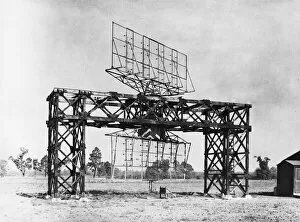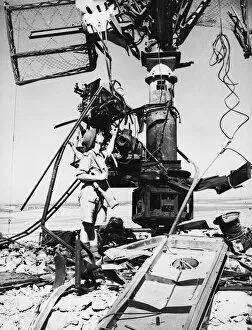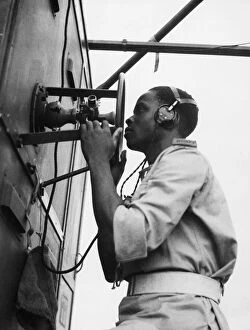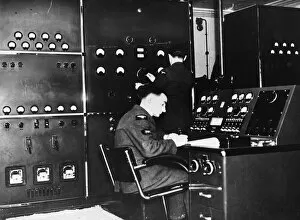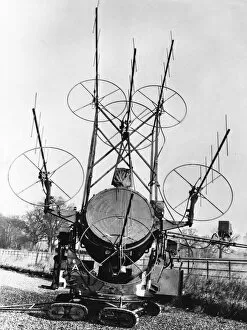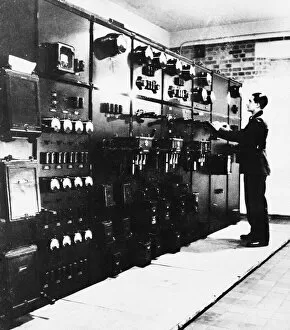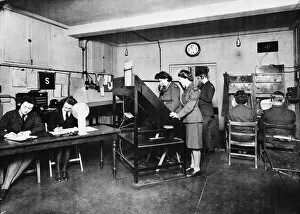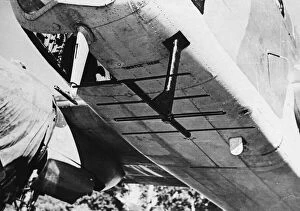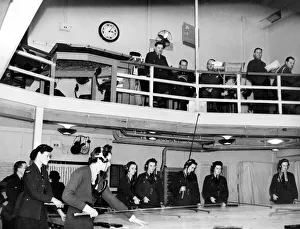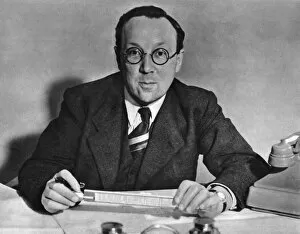Radiolocation Collection
"Radiolocation: Britain's Great Contribution to Radar" On August 15th, 1945, the significance became undeniable
All Professionally Made to Order for Quick Shipping
"Radiolocation: Britain's Great Contribution to Radar" On August 15th, 1945, the significance became undeniable. It was on this day that the Magnetron Valve, a crucial invention in radar technology, showcased Britain's great contribution to the field. This breakthrough allowed for more accurate and efficient detection systems. In England, a British radar system stood tall as it located potential threats with precision. Its role in safeguarding the nation during World War II cannot be overstated. The captured German radar at Pachino, Sicily served as a testament to its effectiveness and played a vital role in turning the tide of war. Even in West Africa, anti-air trainees utilized radar apparatus to protect their skies from enemy attacks. These brave individuals relied on this innovative technology to detect incoming aircraft and respond swiftly. The impact of radar during World War II extended far beyond military operations. Mechanic technicians worked diligently at transmitting stations and power generating stations alike, ensuring smooth operation of these critical systems. A picture captures the dedicated staff of a British radar station gathered inside a Chain Home Receiver Room. Their unwavering commitment exemplified how radiolocation influenced every aspect of conflict management during those turbulent times. Radar equipment fitted onto an R. A. F Beaufort airplane further demonstrated its versatility and adaptability across different platforms within the armed forces. However, radiolocation did not confine itself solely within Britain's shores; it stretched out far beyond borders to send back warnings and intelligence about potential threats from afar. Years later Lord Dowding revisited Battle of Britain Operations room where he witnessed firsthand how crucial radiolocation had been in defending against relentless aerial assaults by Nazi Germany during one of history's most pivotal battles. Radiolocation revolutionized warfare forever by providing invaluable information about enemy movements while enhancing defense strategies across land, sea, and air domains. Its legacy lives on today as we continue to build upon this remarkable technological advancement.

